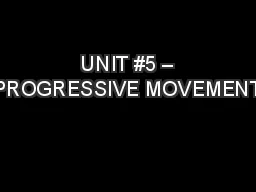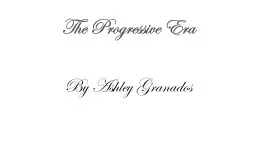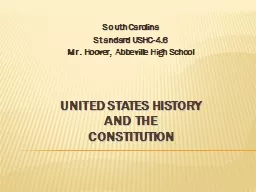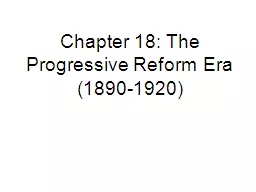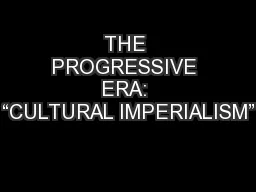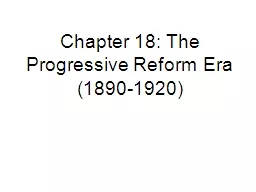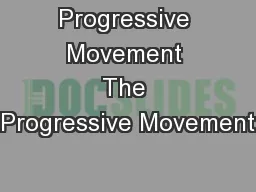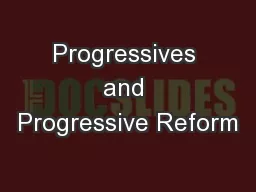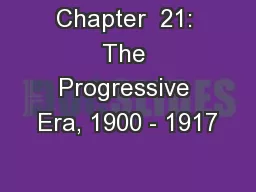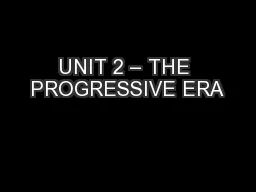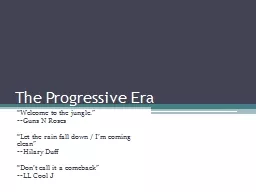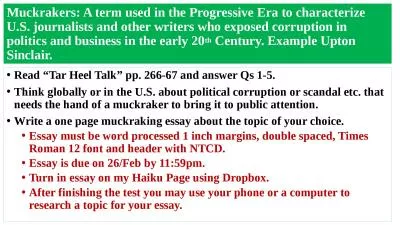PPT-UNIT #5 – PROGRESSIVE MOVEMENT
Author : myesha-ticknor | Published Date : 2020-04-05
LESSON 3 TR as President 169172 LESSON 3 TR as President VOCABULARY Social Darwinism 169 The Square Deal 169 Trustbuster 170 Arbitration 170 Upton Sinclair 171
Presentation Embed Code
Download Presentation
Download Presentation The PPT/PDF document " UNIT #5 – PROGRESSIVE MOVEMENT" is the property of its rightful owner. Permission is granted to download and print the materials on this website for personal, non-commercial use only, and to display it on your personal computer provided you do not modify the materials and that you retain all copyright notices contained in the materials. By downloading content from our website, you accept the terms of this agreement.
UNIT #5 – PROGRESSIVE MOVEMENT: Transcript
Download Rules Of Document
" UNIT #5 – PROGRESSIVE MOVEMENT"The content belongs to its owner. You may download and print it for personal use, without modification, and keep all copyright notices. By downloading, you agree to these terms.
Related Documents

